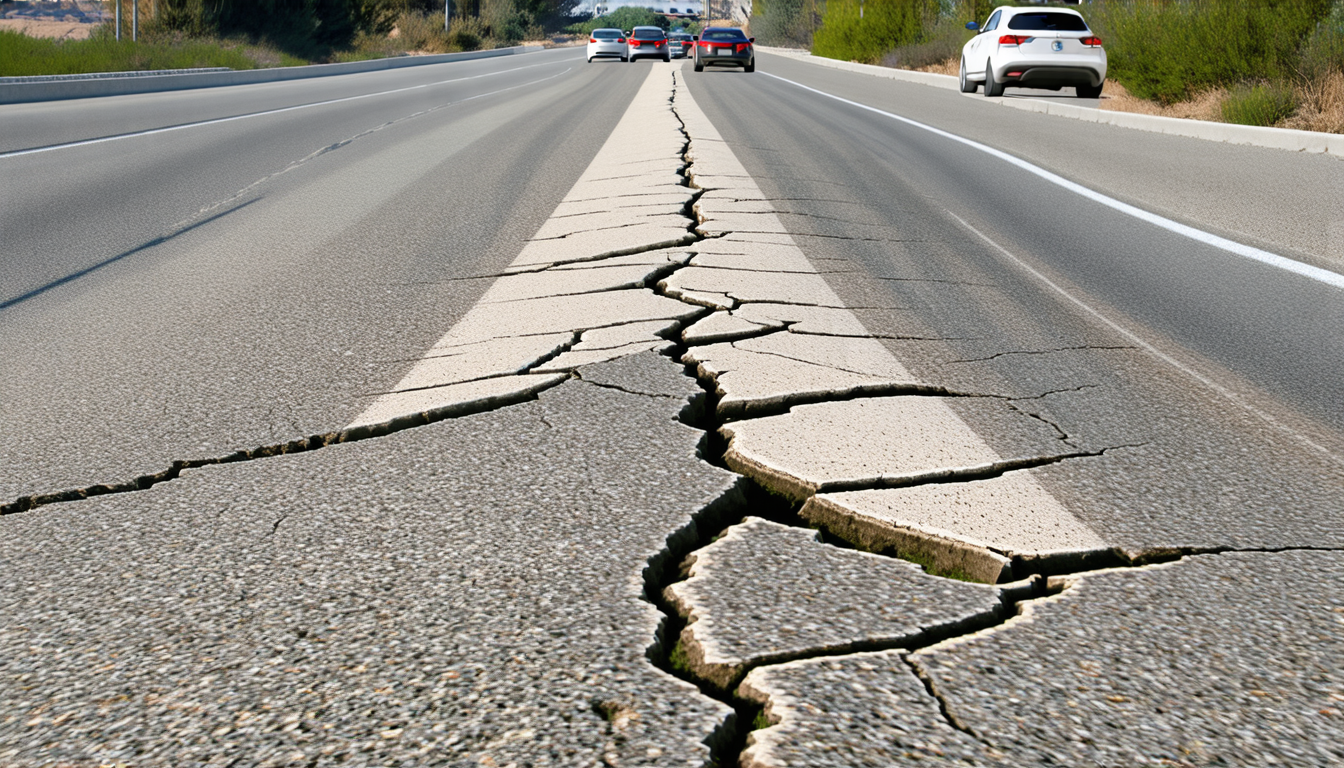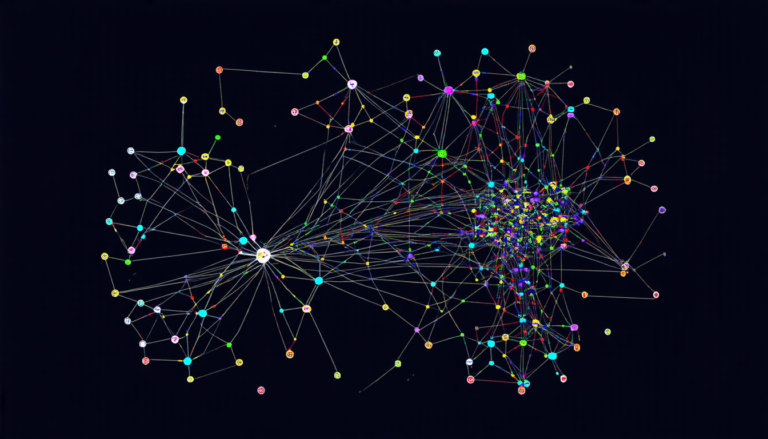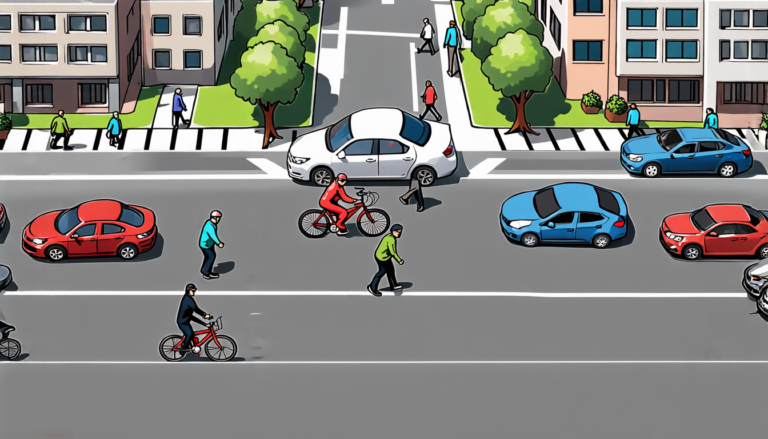Wednesday 06 August 2025
The quest for a more accurate way to detect cracks in structures has been ongoing for years, with researchers and engineers working tirelessly to develop new methods that can help prevent costly repairs and even save lives. Now, a team of scientists from Praxis Business School in Kolkata, India, has made a significant breakthrough in this area by developing an ensemble deep learning model that can accurately detect cracks in low-resolution images.
The traditional approach to crack detection involves manual inspections, which are time-consuming, labor-intensive, and prone to human error. To overcome these limitations, researchers have turned to computer vision techniques, such as convolutional neural networks (CNNs), which can analyze visual data like images and videos. However, even the most advanced CNNs can struggle with detecting cracks in low-resolution images, where the pixels are small and the features are subtle.
The Indian team’s solution was to develop an ensemble model that combines the predictions of multiple shallow residual UNets, each trained on different kernel sizes. This approach allowed the model to learn distinct features from each network and combine them to produce a more accurate output. The team tested their model on a dataset of 9,000 images with cracks and no cracks, and the results were impressive.
In comparison tests against other popular crack detection models, such as SegNet and UNET, the ensemble model outperformed them all in terms of Intersection over Union (IoU) and DICE coefficient metrics. The team’s approach also showed improved performance on low-resolution images, which is a critical feature for real-world applications.
The implications of this breakthrough are significant. With an accurate and efficient crack detection system, engineers can quickly identify potential problems before they become major issues, allowing them to schedule repairs during planned maintenance windows rather than reacting to emergencies. This can save time, money, and lives.
Moreover, the ensemble model’s ability to detect cracks in low-resolution images opens up new possibilities for monitoring infrastructure in remote or hard-to-reach areas where high-resolution cameras may not be feasible. The model could also be applied to other domains, such as medical imaging or autonomous vehicles, where accurate object detection is crucial.
The Indian team’s achievement is a testament to the power of collaboration and innovation in the field of computer vision. As researchers continue to push the boundaries of what is possible with deep learning models, we can expect even more exciting breakthroughs that will transform industries and improve our daily lives.
Cite this article: “Ensemble Deep Learning Model Accurately Detects Cracks in Low-Resolution Images”, The Science Archive, 2025.
Crack Detection, Deep Learning, Computer Vision, Ensemble Model, Unet, Convolutional Neural Networks, Image Analysis, Low-Resolution Images, Infrastructure Monitoring, Object Detection.







